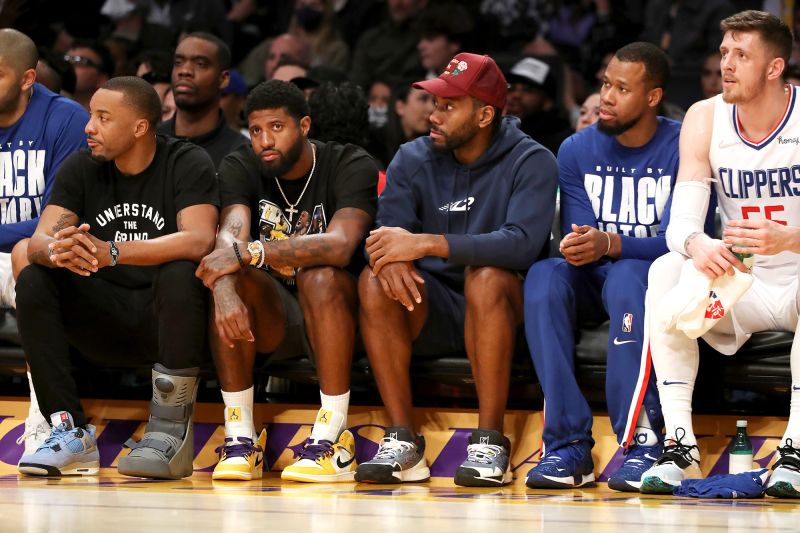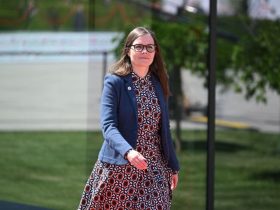The NBA Board of Governors approved a new “Player Participation Policy” (PPP) on Wednesday in order to combat the rise of ‘load management’ and ensure that basketball’s biggest names are on the court throughout the season.
The new rules, which have replaced the Player Resting Policy (PRP) introduced in 2017, are “intended to promote player participation in the NBA’s full 82-game regular season” and prevent teams from resting more than one “star” player on any given night, often referred to as load management.
The PPP defines a star player as any individual who has been named to the All-NBA or All-Star teams in any of the previous three seasons. This means that the Boston Celtics, for example, are required to make at least one of their elite duo of Jayson Tatum and Jaylen Brown available for every game across the regular season, providing neither are injured.
Forty-nine players are defined as stars by these new provisions across 26 different teams. However, only the 15 teams with multiple star players will be affected by this rule in particular.
NBA Commissioner Adam Silver addressed the new regulations at a press conference on Wednesday.
“This is ultimately about the fans, and that we’ve taken this [load management] too far,” Silver said. “This is an acknowledgment that it has gotten away from us a bit.
“That doesn’t mean we’re turning the clock back, that players are expected to play through injuries or that players never need rest. But there’s a statement of a principle in this league that, if you’re a healthy player, you’re going to play.”
The PPP, which is solely focused on star players, does not stop here, however. It also dictates that uninjured, eligible players are required to suit up for nationally televised games, as well as the entirety of the new in-season tournament which will begin in early November.
It also prevents the “shutdown” of star players towards the end of the season. Across previous years, teams have kept their best players out of action for the final stretch of the regular season and have been accused of tanking – or deliberately not trying their best to win games – in an attempt to maximize the chances of getting a higher pick in the NBA Draft.
Examples from last season include the Washington Wizards shutting down Bradley Beal, who was suffering with “knee soreness” according to the team, for their final 10 games, while the Portland Trail Blazers filed Damian Lillard’s 11-game absence under “right calf soreness.” Under the new regulations, both teams would have been investigated and potentially fined by the league.
Teams must also “maintain a balance between the number of one-game absences for a star player in road games and the number of one-game absences for a star player in home games, with a preference under the Policy for such absences to occur in home games.”
Steph Curry, Klay Thompson and Draymond Green of the Golden State Warriors all played in a home loss against the Indiana Pacers last season, before all being rested for a trip to Salt Lake City to take on the Utah Jazz two days later. Again, this would constitute grounds for an investigation by the NBA under the 2023/24 guidelines.
The final element of the PPP is retained from the PRP – healthy players that are sitting out games due to rest are expected to be present at games and visible to fans.
Silver emphasized the need for participation across the whole year and stated that the regulations are a “changed approach to reinforcing the notion that we’re an 82-game league.”
Teams will be fined $100,000 if they are found to have violated any of these rules. A second violation would bring about a $250,000 fine and a third would be $1.25 million.
Any further violations would result in a team being fined $1 million more than its prior punishment.
Aside from injuries and personal reasons, exceptions to the regulations will be based on a player’s age, career minutes logged and injury history and must be submitted to the NBA a week in advance. LeBron James falls into all three of these categories (which are: 35 years old on opening night, 1,000 regular season games played and 34,000 minutes logged) and is therefore eligible for rest on occasion.
Opening night of the NBA’s 78th regular season will tip off on Tuesday, October 24.






